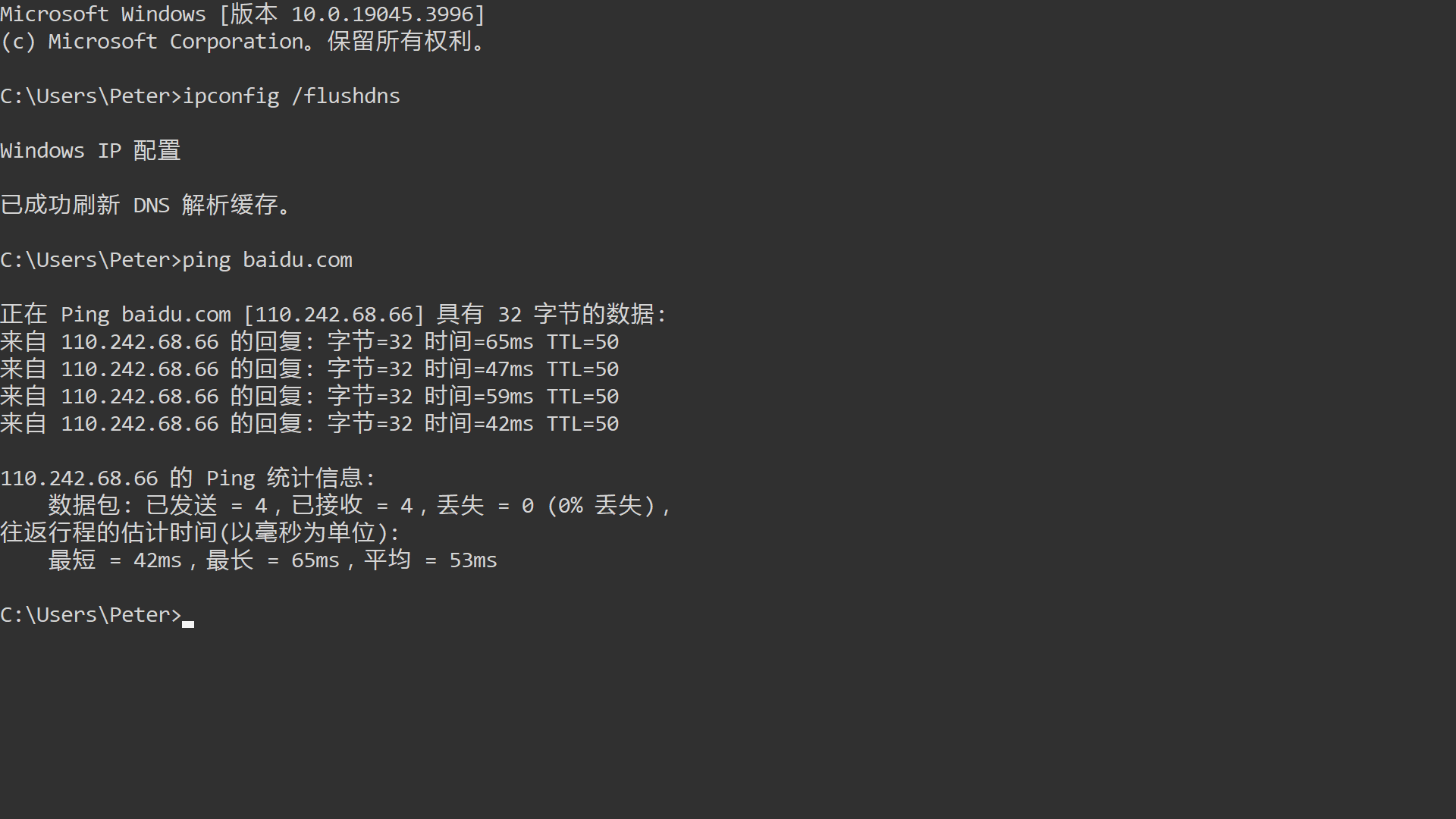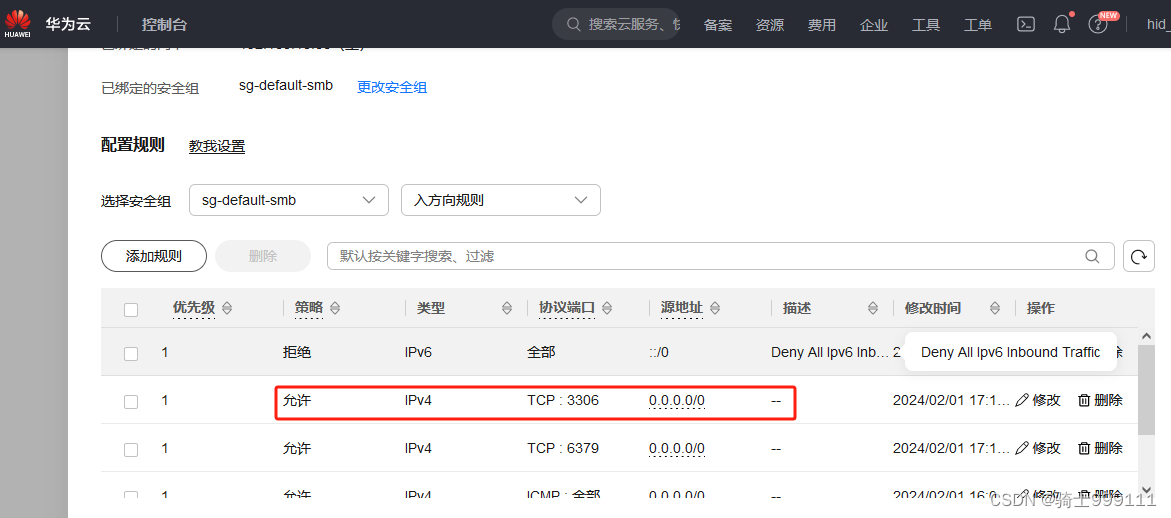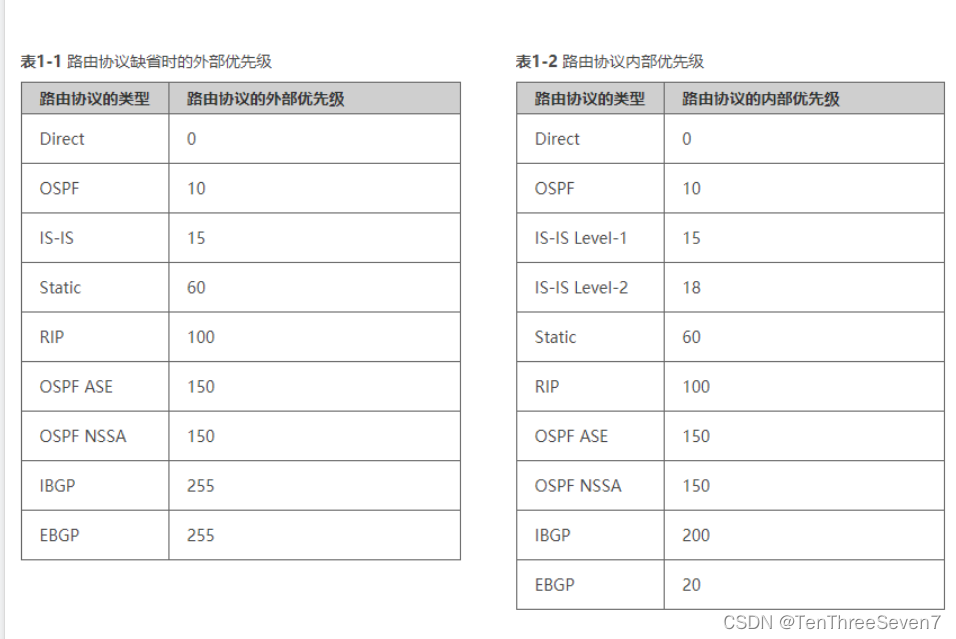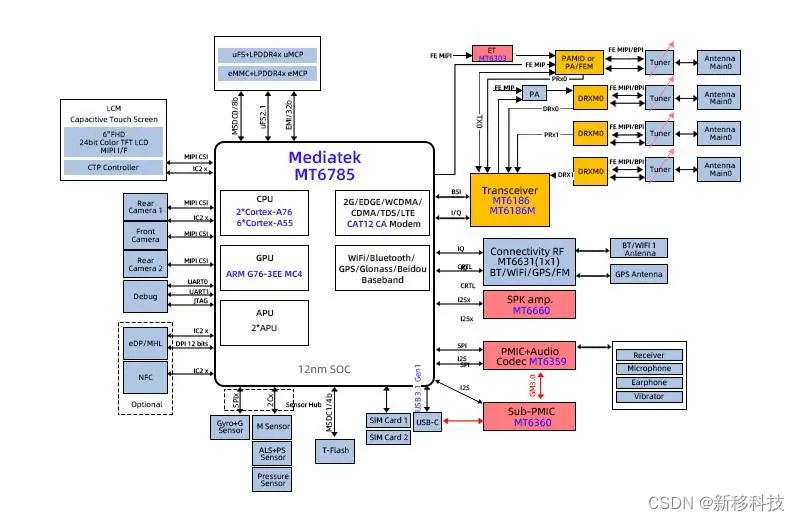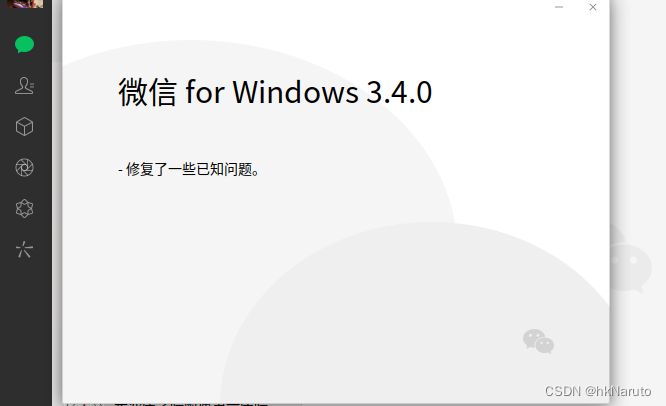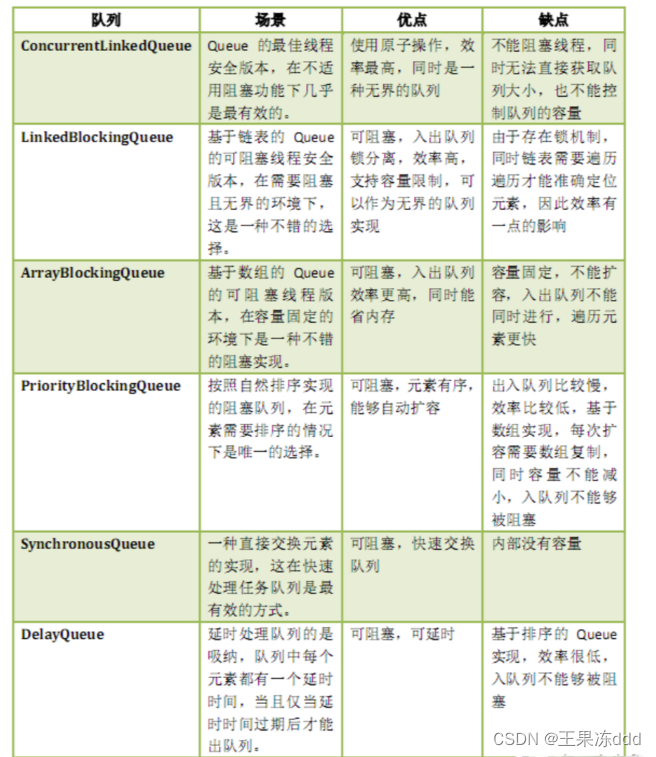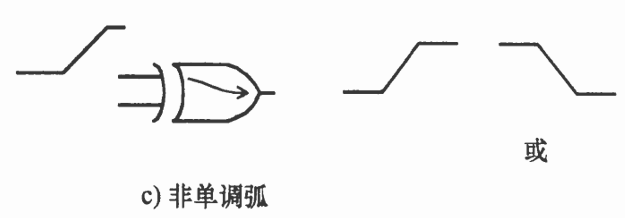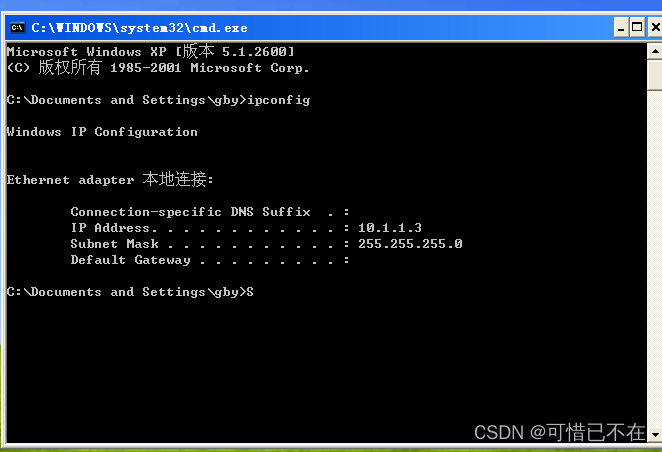给定一个长度为 n 的整数数组 height 。有 n 条垂线,第 i 条线的两个端点是 (i, 0) 和 (i, height[i]) 。
找出其中的两条线,使得它们与 x 轴共同构成的容器可以容纳最多的水。返回容器可以储存的最大水量。(不能倾斜容器)
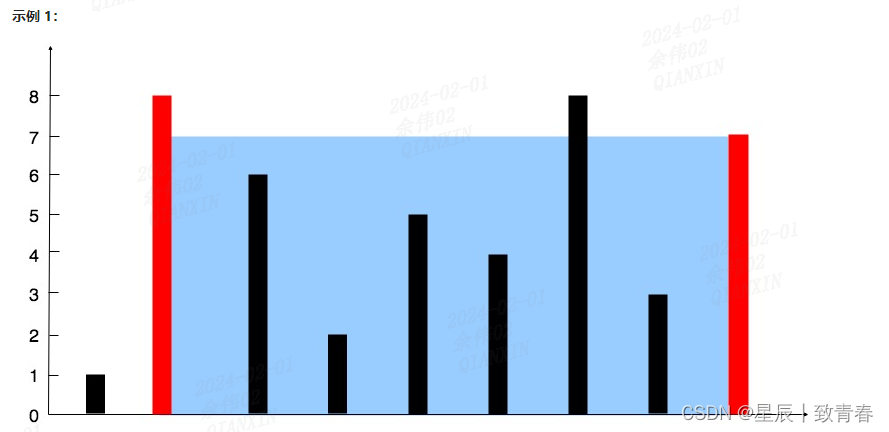
输入:[1,8,6,2,5,4,8,3,7]
输出:49
解释:图中垂直线代表输入数组 [1,8,6,2,5,4,8,3,7]。在此情况下,容器能够容纳水(表示为蓝色部分)的最大值为 49。
示例 2:
输入:height = [1,1]
输出:1
思路一:暴力求解(数据多,会超时)
对高(height)进行大到小排序,然后从大到小依次计算所有面积值。(想用两块最大height组成面积)
def maxArea_by_sort(height):
area = 0
domain = [(height[i], i) for i in range(len(height))]
line = sorted(domain, key=lambda x: x[0], reverse=True)
for i in range(len(line)):
for j in range(i + 1, len(line)):
area = max(area, line[j][0] * abs(line[j][1] - line[i][1]))
return area
思路二:双指针
双指针分别指向数组左右边界,需要确定指针如何移动:“短板效应”中,盛最多的水,取决于最小的那块板。so:
容积 = min( height [指针右],height [指针左]) * (指针左 - 指针右).
area = min(height[r], height[l]) * (l - r)
每移动一步,左右距离必定减小:如果移动较长的那块板,最小长度不变,(l - r)必定会减小,所以area减小;移动较小的那块板,最小长度才可能增加,area才可能会增大。
Python:
def maxArea_double_pointer(self):
height = self.height
area = 0
r, l = 0, len(height)-1
while r < l:
area = max(area,min(height[r], height[l]) * (l - r))
if height[l] > height[r]:
r += 1
else:
l -= 1
return area
Go:
func maxArea(height []int) int{
maxarea := 0
r,l := 0,len(height)-1
for r < l{
area := MinInt(height[r],height[l]) * (l - r)
maxarea = MaxInt(area,maxarea)
if height[r] < height[l]{
r +=1
}else {
l -=1
}
}
return maxarea
}
func MaxInt(a,b int) int {
if a > b{
return a
}
return b
}
func MinInt(a,b int) int {
if a < b {
return a
}
return b
}
Go语言1.21版本以前没有内置Int类型大小比较函数,需要自己定义。
